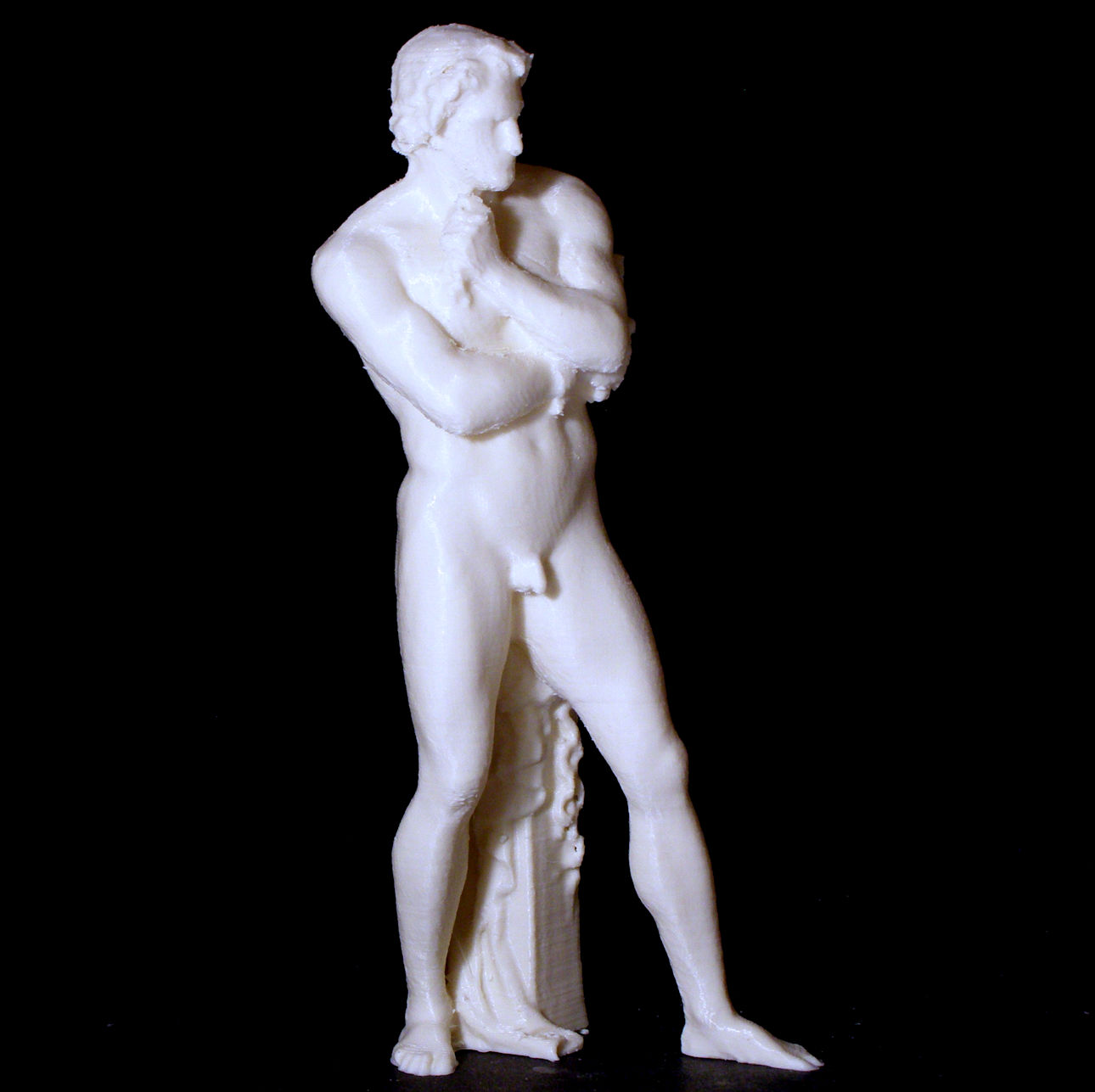
Spartacus
myminifactory
Spartacus, the legendary gladiator, rallied an army of slaves against Rome, achieving a string of victories before ultimately being defeated by Crassus in 71 BC. He is depicted here, having just shattered his chains. His arms are folded, and a look of grim determination etches his face, as if he's plotting his revenge. In 1830, due to shifting politics, the sculpture took on a new significance as a symbol of the July Revolution. Foyatier unveiled the plaster model for his statue of Spartacus at the Paris Salon in 1827. The catalogue described it this way: "Spartacus, a Thracian prince, was reduced to slavery and forced into the lowly status of gladiator. He escaped from prison and rallied an army of discontented slaves, striking fear into the heart of Rome. He's depicted at the moment when he's just broken free from his chains." The story of Spartacus was told by Greek author Plutarch in his Lives (v. 46-v.125), a work that drew parallels between famous Greeks and Romans. This sculpture met with instant acclaim, hailed as a revival of neoclassical statuary. It adhered to academic canons: Spartacus is naked, like antique heroes, and his imposing stature corresponds to the grand style that links a work's dimensions to its impact. This sculpture was undoubtedly inspired by Canova's work, particularly his Damoxenes (Vatican Museum, Rome): it shares the same pose and tense, muscular concentration. On the other hand, Spartacus' expressiveness - the air of contained rage conveyed by his attitude - was sometimes associated with Romantic sensibility. The success of this work can be attributed to its subject matter. Spartacus was rarely depicted in sculpture, and the statue was seen as a symbol of opposition to Charles X's regime, although Foyatier didn't initially intend it that way. He created the model at the Villa Medicis in Rome, where he was a guest from 1822 to 1825. He exhibited it at the 1827 Salon, and the marble used was commissioned by the royal administration. However, by the time the sculpture was completed, the Trois Glorieuses (the July Revolution of 1830) had overthrown Charles X's regime. Foyatier seized this opportunity to make Spartacus a Republican icon, dating the work 29 July 1830 - the last day of the Revolution.
With this file you will be able to print Spartacus with your 3D printer. Click on the button and save the file on your computer to work, edit or customize your design. You can also find more 3D designs for printers on Spartacus.
